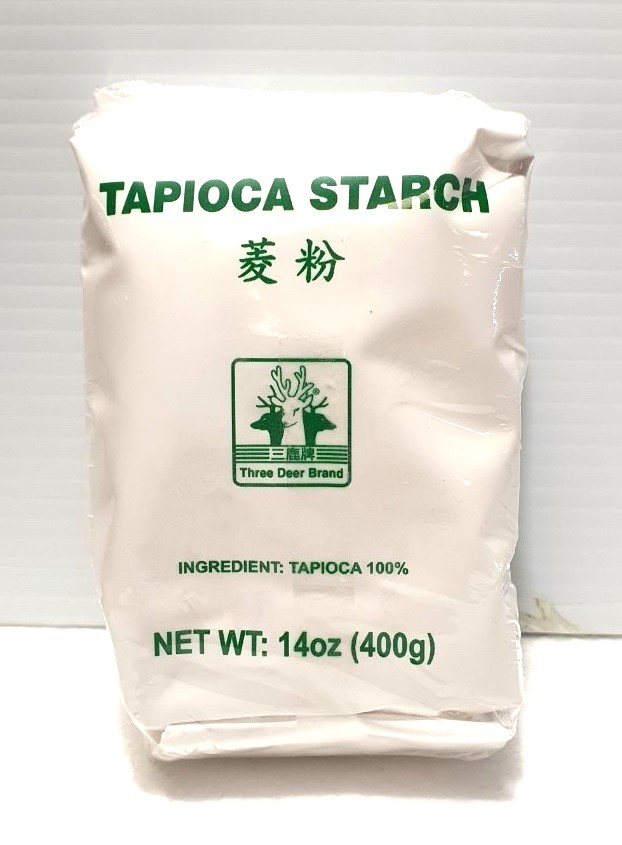What Is Tapioca Starch?
Tapioca starch, sometimes called tapioca flour, comes from the root of the cassava plant, also known as yuca, a tuberous root vegetable native to South America. Manufacturers wash the cassava root, pulverize it into a soft pulp, and then squeeze it to extract the liquid. When the liquid evaporates, the extra-fine, white powder that remains (which is pure starch) is known as tapioca flour.
Tapioca starch is a neutral-tasting flour and is naturally gluten-free and vegan. This makes it a good substitute and gluten-free alternative to many other flours. It’s a common ingredient in gluten-free flour mixes, which typically contain a combination of cornstarch, potato starch, rice flour, almond flour, xanthan gum, and brown rice flour. You can usually find tapioca starch in the baking aisle of grocery stores.
You might confuse tapioca starch with arrowroot starch, another powder that comes from the tubers of a rhizomatic plant, but they are distinct.
How to Use Tapioca Starch
When using tapioca to thicken soups, stews. or other hot liquids, you must first make a slurry. To do so, combine equal parts tapioca starch with cool water, and whisk until the tapioca dissolves. Then slowly pour the slurry into the hot liquid and stir to combine. It’s important to make a slurry because adding the tapioca starch directly into hot liquids will cause the starch to clump.
In addition to its use as a finely ground flour, tapioca can be useful in other forms. You can use tapioca starch to make tapioca pudding or tapioca pearls. You can also use tapioca starch to make boba (also known as tapioca balls), which involves combining tapioca flour with sugar or sweeteners to produce the chewy texture that is popular in boba tea (also known as bubble tea).
5 Uses for Tapioca Starch
You can substitute tapioca flour for all-purpose flour in baked goods and other dishes, but the starchy flour has many other uses, too. Here are five ways you can use tapioca



Reviews
There are no reviews yet.